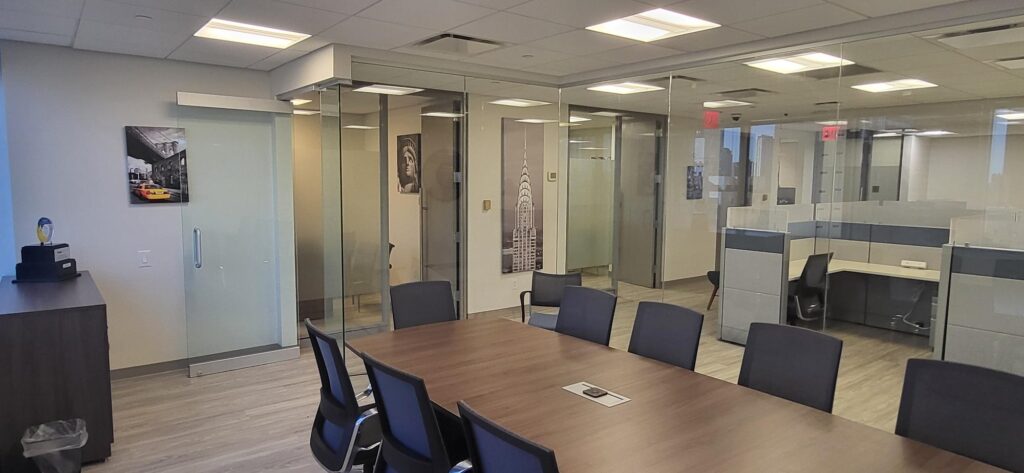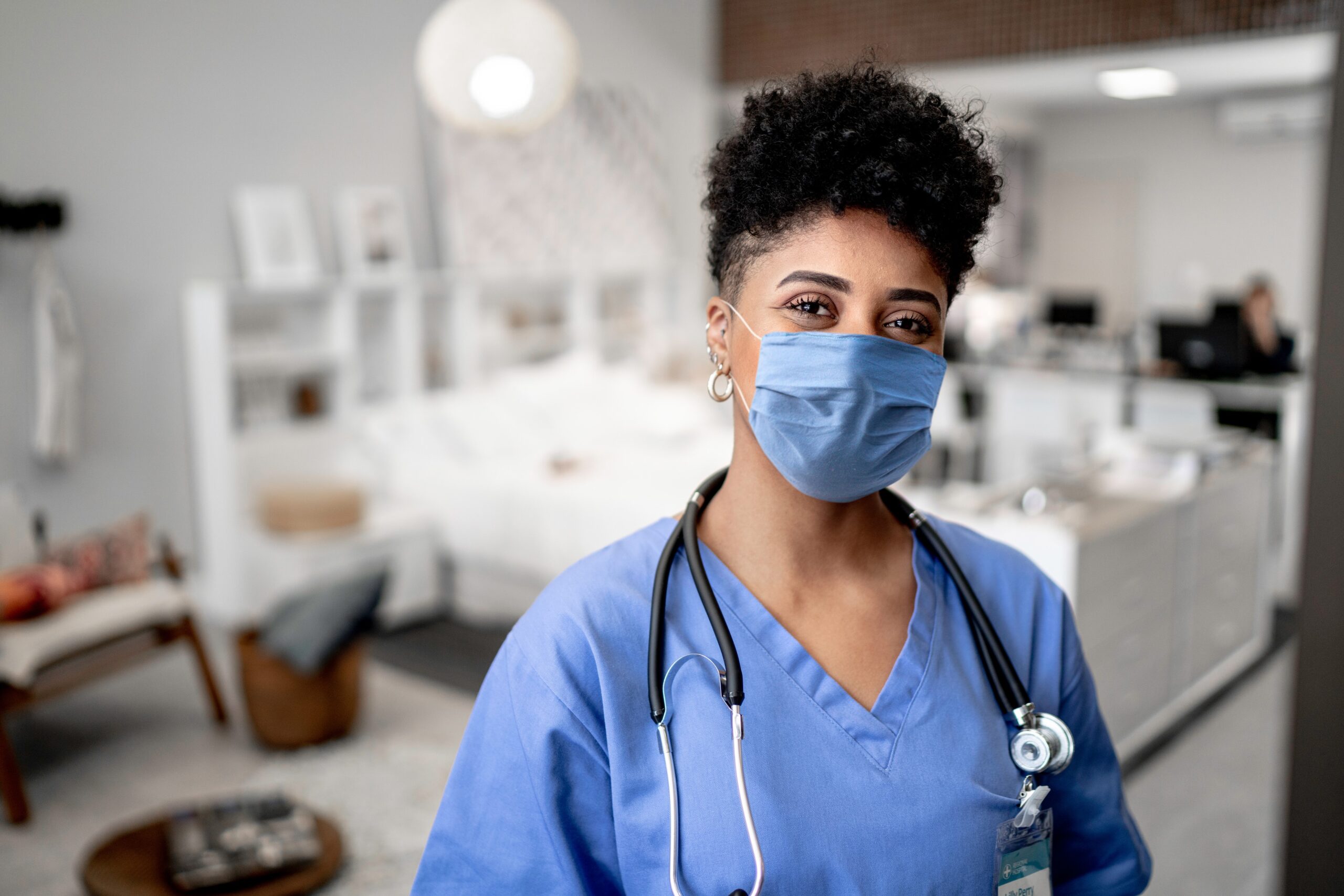Did you know that on any given day, about 1 in 31 hospital patients has a healthcare-associated infection? According to the CDC, one of the top contributors is facilities that operate with poor infection prevention standards.
Proper linen and laundry management should be among your facility’s best practices for preventing the spread of infectious diseases. To assist you in this effort, ImageFIRST has created the following list of top considerations for infection control with linen and laundry cleaning.
Linen and Laundry Care Regulations
Your staff may or may not be familiar with the healthcare industry’s latest and most important regulations regarding infection prevention. These standards are always evolving, so it’s easy to fall behind the times.
There’s a lot to learn! For example, the Healthcare Laundry Accreditation Council’s (HLAC) textile standards are 93 pages long. Other industry leaders like The Association of periOperative Registered Nurses (AORN), OSHA, and the CDC also have lengthy rules and regulations for proper healthcare laundry cleaning.
To help you understand the basics, here are some of ImageFIRST’s best practices for surgical attire:
- Always use freshly cleaned garments throughout your facility, especially in surgical and restricted areas.
- Immediately remove garments/linens contaminated with blood and infectious materials and place them in secure storage areas.
- Ensure standards are in place to prevent cross-contamination during laundry transport.
- Store all newly-laundered items in enclosed spaces and regularly disinfect these spaces.
- Establish a routine where employees remove soiled garments daily before leaving.
- Wash all scrubs, garments, and linens at a healthcare-accredited facility.
High-Temperatures and High Standards
Whether you handle your laundry cleaning in-house or hire it out, ensure the process uses commercial-grade washers and dryers. This equipment must meet healthcare industry standards for high-temperature washing and drying or it won’t kill microorganisms that spread disease.
The CDC recommends washing/drying with a temperature that reaches at least 160° F for a minimum of 25 minutes to destroy microorganisms. However, a standard home dryer reaches only 125° to 135° F because these devices are designed to minimize the risk of burns in home environments.
Similarly, EPA standards call for a healthcare disinfectant to reliably kill 99.999% of germs. However, a sanitizing treatment available at retail outlets typically kills at a lower threshold of 99.9%. The difference is significant in a healthcare setting with constant exposure to infectious materials.
Create a Cleaning Schedule (and Clean the Equipment, Too!)
Help your staff get used to a regular schedule of cleaning and restocking scrubs, coats, bed linens, curtains, and everything else. Establish a routine of having it all washed and disinfected, then returned to your facility’s storage areas for staff use.
Don’t forget to clean the cleaning equipment, too. The washers, dryers, shelves, and storage areas themselves also need routine cleaning to remove dangerous microorganisms and maintain safe storage for your freshly-cleaned linens.
Microfiber mops and cleaning cloths are excellent for cleaning. Microfiber mops remove 95% of bacteria while traditional standard cotton string mops only remove 68%. Like everything else, microfiber cleaning equipment needs a thorough cleaning. You need clean tools to have clean linens! Our wash process removes 99.9% of common pathogens from microfiber to protect your facility.
Evaluate How You Handle Contaminated Linens
Are you keeping contaminated linens fully separate from clean linens? Are you sure? One of the most common mistakes is allowing accidental cross-contamination to occur during shift changes, dirty laundry handling, and clean laundry transport.
To prevent this, gather all soiled and contaminated linens in closed and secured containers. Ensure these containers can’t accidentally be accessed to prevent staff from inadvertently using soiled garments and linens. Freshly-cleaned items should be kept completely separate from soiled items.
How High Are Your Storage Standards?
Beyond the primary cleaning standards discussed above, determine whether your facility needs or desires additional layers of protection. For example, some laundry partners use dead-on-contact rinses and bacteria-inhibiting softeners that provide extra protection against contamination.
Ideally, your clean laundry should be stored in safe plastic storage bags until your staff uses them. Plus, this gives your linens a hygienic impression and shows everyone at your facility that you care about cleanliness.
Re-Evaluate your Infection Prevention Plan
Your infection prevention should be an ever-evolving strategy that never becomes stale. Stay ahead of new regulations or your facility could easily slide into noncompliance and become a public health risk.
It’s a good idea to re-evaluate your linen management plan monthly to determine whether it’s still within regulatory compliance and meeting your organization’s needs. If not, it might be time to consider outsourcing, as described below.
The Benefits of Outsourcing
Expertise matters in healthcare safety. If your facility’s laundry is overwhelming your staff or its cleanliness doesn’t meet your high standards, outsourcing is the answer.
When you choose ImageFIRST as your laundry partner, you choose excellence. We provide expert assistance with medical linen and laundry cleaning, which allows your staff to focus on patient care.
You’ll find that we’re one of the most reputable companies in the industry and we follow the industry’s highest standards. ImageFIRST runs the largest number of HLAC-certified plants in the world and we lead the healthcare laundry industry in infection prevention and quality assurance.
To learn more, please see our tip sheet. We’re your partner in infection prevention!

